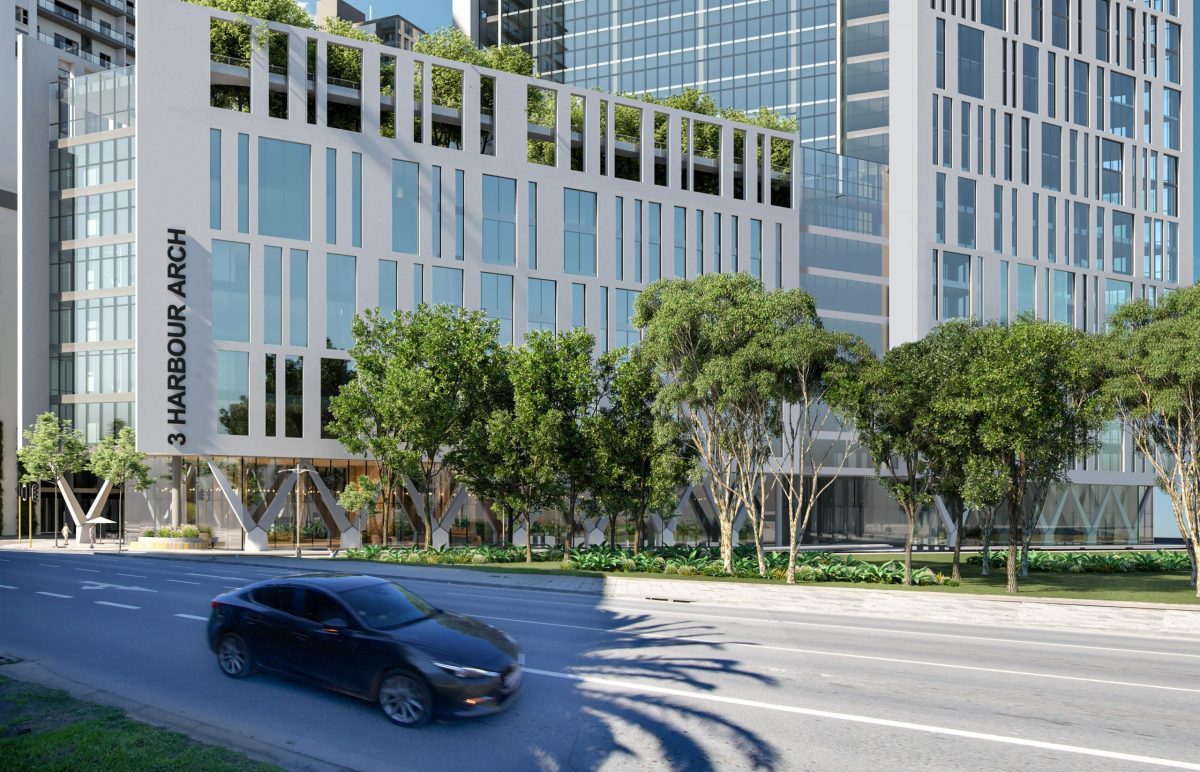
The following presentation was delivered as part of the 2023 American Concrete Institute (ACI) Concrete Convention hosted in San Francisco.
This presentation by Milena Ramgoolam from Vital Metrics was on the topic of Concrete Pavement Sustainability: Optimising Mix Design for Durability. This is the Part 2 of a four-part article.
…continued from Part 1.
Geographical scope and project overview
Covering 28 total mainline paving projects from 2011 to 2019 across the US, our study aimed to assess the state of practice in paving concrete. The MCTC’s extensive travels, as indicated on the map, offer a comprehensive view of the nation’s concrete pavement landscape. Notably, the study focused on the cradle-to-grave lifecycle assessment (LCA) of these projects, emphasising material production and mixtures while considering sustainability parameters.
Cradle-to-grave lifecycle assessment
The LCA we conducted followed a cradle-to-grave scope, mirroring what one would obtain with concrete Environmental Product Declarations (EPDs). This scope covers the production of all material constituents, transportation to the concrete mixing plant, and the mixing process, all for one cubic metre of concrete mix. Additionally, we delved into materials sourcing with state departments of transportation to understand the impact of transportation.
Mixture statistics and observations
Summarising key mixture statistics, we analysed the cementitious material content distribution, paste content, supplementary cementitious materials (SCMs) usage, and types of SCMs employed in these mixes. Noteworthy observations include the tendency to exceed the recommended maximum paste content of 25%, the prevalence of binary mixes with a single SCM, and the diverse use of SCM types, including type F fly ash, type C fly ash, slag, and natural pozzolan.
Water-to-cementitious ratio and performance implications
Crucial for concrete durability, the water-to-cementitious ratio (w/c ratio) varied from 0.35 to 0.5. Prescriptive specifications largely contributed to the higher cementitious contents and paste contents in these mixes, aligning with observations of premature cracking by the MCTC crew. This trend, associated with performance issues, also has implications for sustainability and greenhouse gas emissions.
Compressive strength and greenhouse gas (GHG) perspective
Box plots representing seven-day, 20-day, and 56-day compressive strength of the mixes revealed interesting trends. On average, these mixes achieved the 28-day design requirements by the seventh day, and by the 28-day mark, the requirements were surpassed significantly. These findings highlight the potential for optimising mix designs to enhance sustainability and reduce GHG emissions without compromising performance.
Addressing overdesign and environmental impact
While the compressive strength of these paving concrete mixtures is impressively high, it prompts a crucial question: are we overdoing it? The answer is not affirmative. The prevailing trend reveals an inclination towards overdesign, as these mixes surpass the required strength levels. Unfortunately, this approach compromises durability, increases costs, and exacerbates the environmental footprint of these mixtures.
Surface resistivity and permeability
Surface resistivity, a key indicator of concrete durability, aligns with our observations. The majority of mixes fall within medium to low permeability ranges on both the 20-day and 56-day marks. However, the overarching concern lies in the pursuit of excessively high compressive strength, contributing to compromised durability. This is often a consequence of contractors aiming to avoid penalties associated with not meeting the 28-day design requirements.
Correlations with global warming potential (GWP)
Our investigation into the correlations between mix design parameters and GWP sheds light on essential relationships. Cement content exhibits a strong linear correlation with GWP, emphasising that higher cement content leads to a higher environmental impact. Similarly, the type of mix design, whether binary or ternary, and the use of supplementary cementitious materials (SCMs) influence GWP. Notably, higher cement content correlates with higher GWP values, reiterating the need for sustainable mix design practices.
Optimising mix designs for sustainability
Recognising the environmental implications, we undertook efforts to optimise 17 mixes. Through adjustments in aggregate gradations, we achieved the same performance results with reduced paste content. This optimisation not only enhances durability but also results in significant carbon savings. By reducing the carbon footprint of these mixes, we contribute to a more sustainable and eco-friendly approach in concrete pavement construction.
Continued in Part 3…
More news
- CELEBRATING EXCELLENCE IN THE RESIDENTIAL PROPERTY SECTOR
- PART 4: GIBS PANEL DISCUSSES INTEMEDIATE CITIES ROLE IN AFRICA’S DEVELOPMENT
- EXPOSED AGGREGATE PAVERS COMPLEMENT NEW LIFESTYLE CENTRE
- GIBS PANEL EXPLORES ROLE OF INTERMEDIATE CITIES IN SA’S DEVELOPMENT PART 3
- CITI-CON’S CONCRETE KNOWLEDGE SUCCESSFULLY DEPLOYED ON NEW LANDMARK DEVELOPMENT





